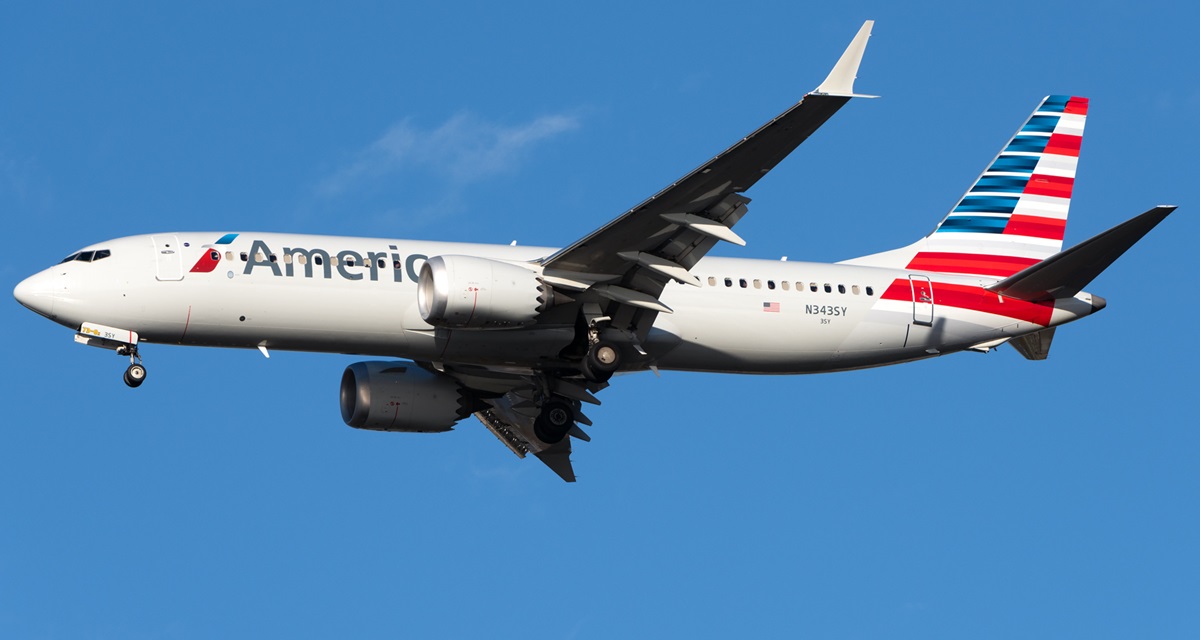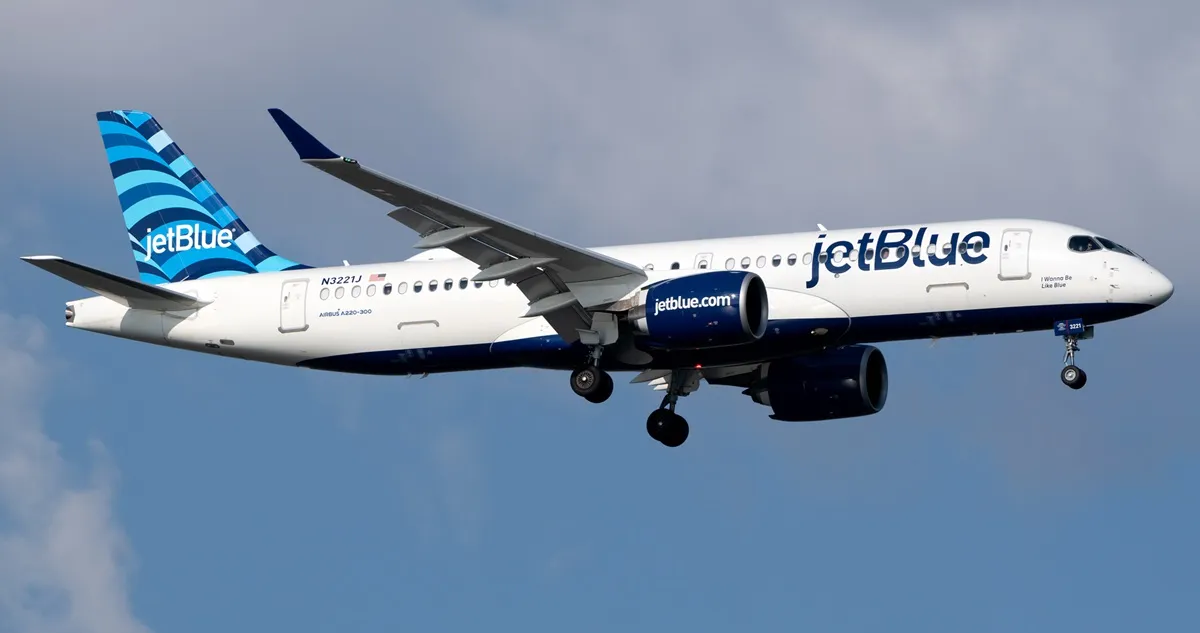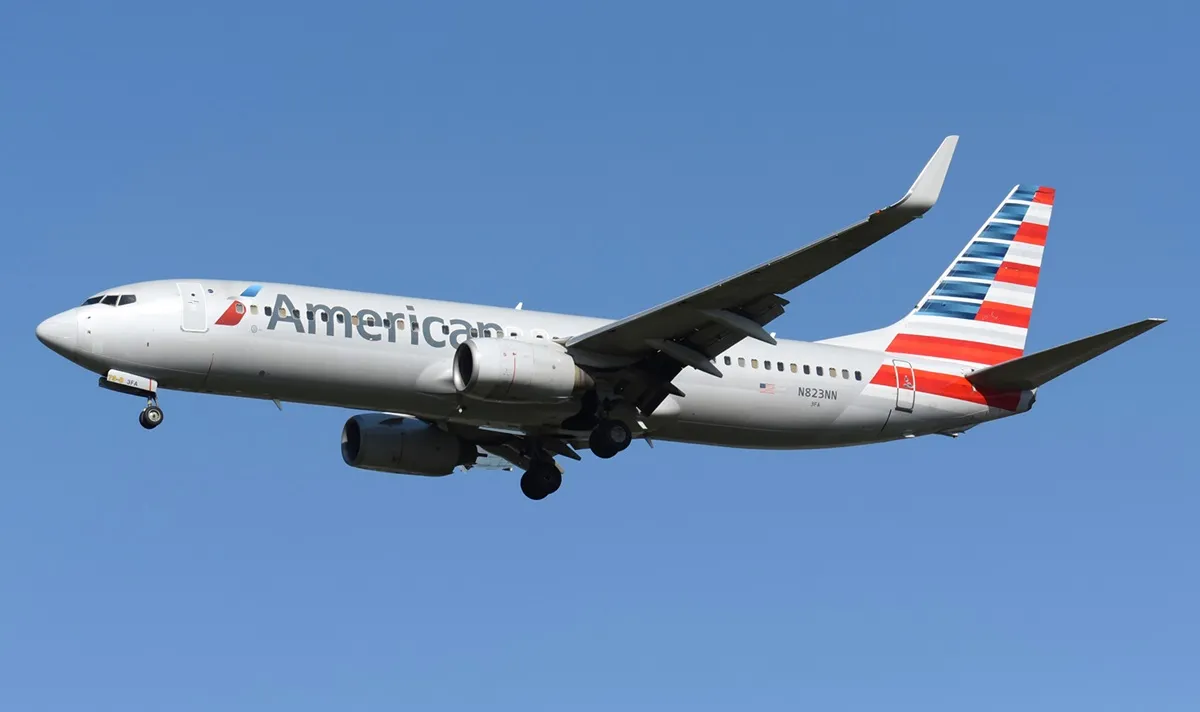
Over the last few years, it has been speculated that turbulence is becoming more dangerous due to climate change. Earlier this year, one person was killed on a Singapore Airlines flight due to a sudden drop in altitude.
While severe and deadly turbulence episodes are still rare, a recent uptick in occurrences has prompted officials and meteorologists to analyze what may contribute to the increase in incidents. One of the main factors is clear air turbulence, which is just as it sounds.
When weather radar depicts a storm cell or even high winds, pilots can deviate from or alter their routes to ensure the flight remains smooth. However, with clear air turbulence, radar is unable to detect an indication of bumpy or rough air.
According to Flightradar24, clear air turbulence typically occurs at higher altitudes. It is unlike the turbulence that is associated with thunderstorms or other visible weather systems. The primary cause of clear air turbulence is wind shear, which is a difference in wind speed or direction in the atmosphere.
This commonly occurs between 23,000 feet and 39,000 feet, which is known as the tropopause in the atmosphere – the boundary layer between the troposphere and the stratosphere. When fast-moving wind currents, such as the winds found in jet streams, come into contact with air that is moving slower, friction is created as a result, which is clear air turbulence.
Since it happens high in the air, it poses a dangerous risk. When aircraft are typically at their cruising altitudes, and the conditions appear to be or are expected to be clear, the captain will turn off the seatbelt sign.
At this point, passengers and crew members are most vulnerable to injuries as they are not secured to their seats. Additionally, if inflight service occurs, there is a higher risk of injury as heavy beverage carts can be tossed around the cabin.
Over the years, there has been a heightened awareness of clear air turbulence. This has prompted more people to discuss what may be the driving factor and why it occurs more often. Several reports have highlighted that climate change is a contributor, and projections show that as atmospheric conditions intensify, so will clear air turbulence, posing a pressing risk to aviation safety.
There are four factors that contribute to the formation of clear air turbulence, according to Flightradar24. The first are jet streams, which are a well-known element of how weather works. These often narrow bands contain strong winds that can reach speeds of over 160 miles per hour.

Jet streams are a typical reason why the duration of west-to-east flights is faster than east-to-west. The winds can help push an aircraft to go faster than its actual speed, as opposed to an aircraft flying against it in the opposite direction, which causes it to travel slower.
Drastic and sudden changes in air temperature can also be related to clear air turbulence. The change results in a difference in air density, such as the warm air in the jet stream compared to the colder air surrounding it.
Mountain ranges are the third factor in the cause of clear air turbulence. This is because as winds blow over high peaks, they can create waves sent upward into the atmosphere, causing instability.
Earlier this year,my reported on an Aerolíneas Argentinas Boeing 737 MAX 8 that experienced immense wing flex amid moderate turbulence as it flew over mountainous regions.
The fourth factor is large circulations in the atmosphere, such as the Rossby waves and the Coriolis effect, as it can result in the jet stream itself physically moving, creating intense wind shear over some regions as the pressure in the air changes.
Top 10 worst routes for turbulence
Nearly every flight is subject to a little turbulence, but the difference is whether it is clear air turbulence or unstable air caused by a disturbance in the atmosphere. According to Travel + Leisure, there are 10 routes in the US which experience turbulence the most:
- Nashville International Airport (BNA) – Raleigh–Durham International Airport (RDU)
- Charlotte Douglas International Airport (CLT) – Pittsburgh International Airport (PIT)
- Denver International Airport (DEN) – Licenciado Gustavo Díaz Ordaz International Airport (PVR)
- John F. Kennedy International Airport (JFK) – Raleigh–Durham International Airport (RDU)
- Rhode Island T. F. Green International Airport (PVD) – Syracuse Hancock International Airport (SYR)
- Hartsfield–Jackson Atlanta International Airport (ATL) – Washington Dulles International Airport (IAD)
- New York LaGuardia Airport (LGA) – Portland International Jetport (PWM)
- Boston Logan International Airport (BOS) – Syracuse Hancock International Airport (SYR)
- Boston Logan International Airport (BOS) – Philadelphia International Airport (PHL)
Many of these routes are on the shorter side, meaning turbulence may occur for most of the flight. It can be frustrating to some passengers since airlines often suspend inflight service if the captain is convinced that the entire flight or portion of its cruise will be impacted.
Additionally, some of these routes involve mountain ranges, such as the famous Appalachian Mountains, which cover a large region in the east and northeast of the US. While the mountains' peaks do not reach 7,000 feet, the range could still contribute to unsettled air, especially during approaches to Raleigh–Durham and Charlotte.
The safest thing passengers can do is keep their seatbelts fastened as much as possible. All pilots and flight attendants recommend that passengers keep their seatbelts fastened low and tight when seated, even while the seatbelt sign is turned off.



